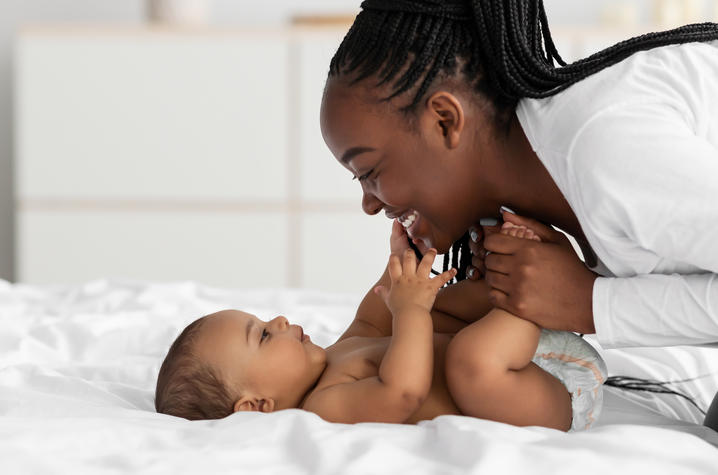Learning child and infant CPR could help save a little life

The University of Kentucky Public Relations and Strategic Communications Office provides a weekly health column available for use and reprint by news media. This week's column is by Callie L. Rzasa, M.D., medical director of Kentucky Children's Hospital Congenital Heart Clinic and American Heart Association board president in Central and Eastern Kentucky
LEXINGTON, Ky. (June 17, 2024) – More than 23,000 children suffer an out-of-hospital cardiac arrest annually. Although the reported number of infant out-of-hospital cardiac arrests varies widely, survival to hospital discharge averages 6.5% for children less than 1 year old who experience an out-of-hospital cardiac arrest.
According to the National Center for Injury Prevention and Control, unintentional choking and suffocation are a leading cause of all injury deaths for infants less than a year old. Nearly 3,500 infants die each year in the United States from sleep-related infant deaths such as suffocation, entrapment, strangulation and sudden infant death syndrome (SIDS).
Make safety a habit at home by implementing safe sleep practices, such as making sure babies sleep in their own crib or bassinet on a firm, flat surface without potential suffocation hazards such as blankets, stuffed animals or crib bumpers.
New parents, grandparents, babysitters and caregivers should take the time to learn infant- and child-specific CPR. It’s important to remember if the child is unresponsive, not breathing or only gasping, call 911 and start CPR immediately.
For a child age 1 or older:
- Push on the middle of the chest 30 times at a depth of 2 inches with one or two hands at a rate of 100 to 120 compressions per minute.
- Provide 30 compressions and then give two rescue breaths.
- Repeat cycles.
For an infant less than 1 year of age:
- Push on the middle of the chest 30 times at a depth of 1½ inches with two fingers at a rate of 100 to 120 compressions per minute.
- Provide 30 compressions and then give two rescue breaths.
- Repeat cycles.
If you have access to an AED (automated external defibrillator), use it as soon as possible. Most AEDs are equipped with child- and infant-sized pads. They can help guide CPR and provide treatment for certain heart arrhythmias. Continue compressions until emergency services arrives.
For more information about CPR for adults, children and infants, find a class or training center near you.
UK HealthCare is the hospitals and clinics of the University of Kentucky. But it is so much more. It is more than 10,000 dedicated health care professionals committed to providing advanced subspecialty care for the most critically injured and ill patients from the Commonwealth and beyond. It also is the home of the state’s only National Cancer Institute (NCI)-designated Comprehensive Cancer Center, a Level IV Neonatal Intensive Care Unit that cares for the tiniest and sickest newborns and the region’s only Level 1 trauma center.
As an academic research institution, we are continuously pursuing the next generation of cures, treatments, protocols and policies. Our discoveries have the potential to change what’s medically possible within our lifetimes. Our educators and thought leaders are transforming the health care landscape as our six health professions colleges teach the next generation of doctors, nurses, pharmacists and other health care professionals, spreading the highest standards of care. UK HealthCare is the power of advanced medicine committed to creating a healthier Kentucky, now and for generations to come.




